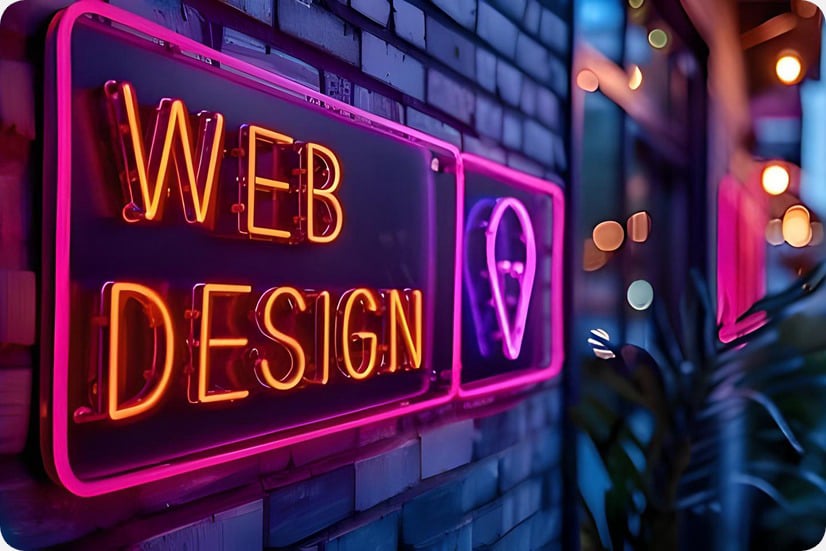Understanding Color Associations
Colors have psychological associations that transcend design. They evoke emotions, set the tone, and even shape perceptions about your brand. Take these common examples:
Red: It’s energetic, passionate, and intense. It grabs attention and can create urgency, which is why it’s often used for sale announcements or warnings. Think of a "Buy Now" button that makes users pause and act.
Blue: A color of trust, calm, and dependability. It’s often seen on the websites of banks, health organizations, and tech companies to give off a sense of security. It’s soothing, which makes it ideal for long-form content or reassuring service descriptions.
Yellow: Bright and optimistic, it signals positivity and creativity. It’s a great way to add warmth to a site, but too much can feel overwhelming.
Green: Representing growth, health, and balance, green is a natural fit for environmental, wellness, or finance-related sites. It’s also a color of approval—think green checkmarks.
Black: Sophisticated and authoritative, it’s commonly used for luxury brands or industries that want to exude elegance.
Each color has multiple facets, but these associations provide a practical guide when designing a palette. Ask yourself, “How do I want my audience to feel?”
When all these components are thoughtfully arranged, the layout becomes more than just a design; it becomes a tool that helps your audience engage with your site effortlessly.
